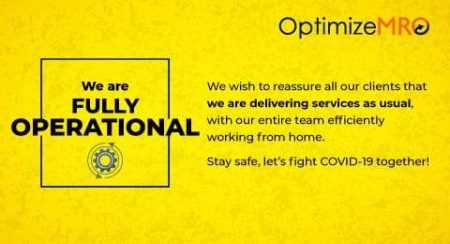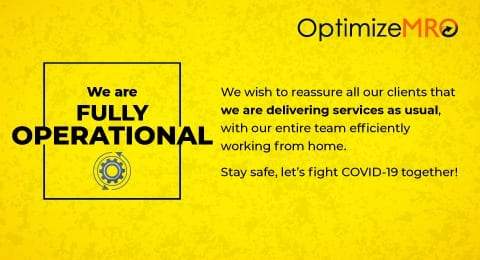What is MRO data classifications?
It is the process of assigning groups (categories) to MRO parts data, based on – description, characteristics, noun/noun-modifier, and usage. Multiple unique parts can be classified under the same classification code if they belong to the same group. MRO Data classifications has two key components to it – one is the ‘classification code’, and the other, the ‘name for that code -the classification title’. Ex. The ‘classification code’ for a bearing could be – 31171504 up to the commodity level, and the ‘classification title’ would be – ball bearing.
Why should data be classified?
Accurate classification of parts provides visibility into the characteristics of a category, particularly the spend. Classification facilitates accurate spend analytics, so cost reduction and inventory optimization have direction on where to focus. Purchase classification also enables grouping and classification of suppliers, to improve strategic sourcing capabilities. Other parameters like inventory turns, reordering costs and inventory carrying costs can also be analyzed based on the category once the data is classified.
What are the types of data classification?
There are several taxonomies available for data classification, and the most common ones are – UNSPSC, eCl@ss, ETIM, NAICS, SIC, and HSC. UNSPSC is the most widely used taxonomy globally for MRO commodities, while eCl@ss is popular in Europe. For companies, classification can be done based on systems like NAICS.
How is data classification done?
Data classification is done based on a preselected taxonomy such as UNSPSC or eCl@ss, but it can also be done based on a custom taxonomy that is designed for a specific purpose. The Team at OptimizeMRO perform MRO data classifications utilizing Partlinq™, which is Enventure’s cloud-based platform with built-in libraries of classification codes, material descriptions and noun / noun-modifiers. The OptimizeMRO’s approach combines automated steps within the platform, as well as a domain expert review which ensures the classification is accurate and reliable.
What is cross- referencing of data classification?
Given there are multiple classification taxonomies in use, many organizations now seek code cross-referencing or mapping from one taxonomy to the other. Mapping the equivalent code of one type of classification to another is called cross-referencing of data classification, and mapping of UNSPSC to eCl@ss or vice versa would be a good example.


